Table of Contents
How to Zest a Lime: Step-by-Step Guide
Zesting a lime is the process of removing the thin, colored outer layer of the lime peel to capture its aromatic oils without the bitter white pith. This simple technique unlocks intense citrus flavor for any dish. Follow these 5 steps for perfect results every time:
- Choose a fresh lime: Select limes that are firm, smooth, and bright green with no soft spots or blemishes. Avoid overly soft or wrinkled limes.
- Wash thoroughly: Rinse under cold running water while gently scrubbing with a vegetable brush to remove dirt, pesticides, or wax. Dry completely with a clean towel.
- Select your tool: Use a microplane zester for fine zest, a box grater (smallest holes), or a sharp paring knife. Avoid dull tools that crush the peel.
- Grate carefully: Hold the lime firmly and rub against the zester in one direction, applying light pressure. Stop when you see white pith to avoid bitterness. Rotate the lime as you go.
- Store properly: Use immediately for best flavor, or store in an airtight container in the refrigerator for up to 1 week. Freeze in portions for 6-12 months.
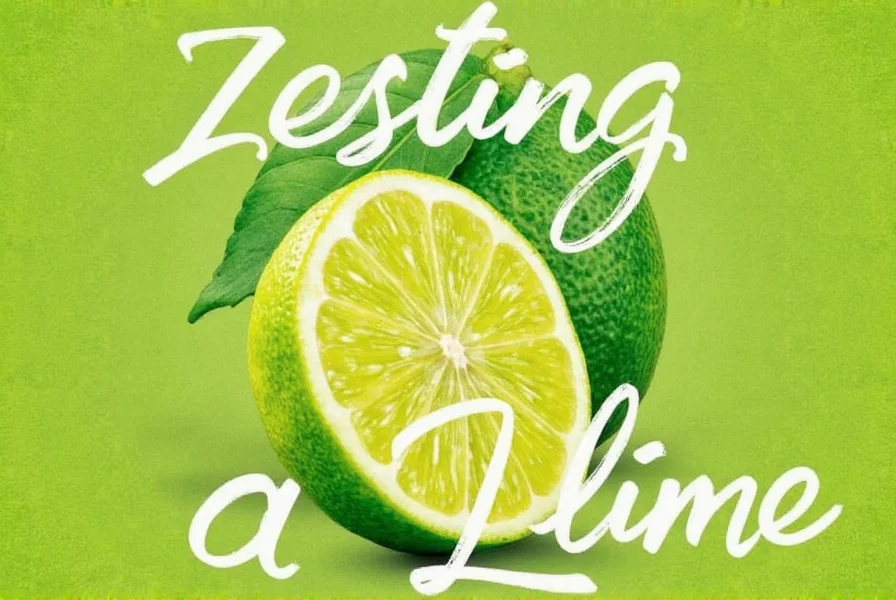
Why Zest a Lime?
Understanding why zesting matters helps you use it effectively. Here’s why it’s superior to just using juice:
- Concentrated flavor: The zest contains 90% of the lime’s volatile oils and aromatic compounds, delivering intense citrus notes without added moisture.
- Versatile applications: Perfect for baking (cakes, cookies), cocktails (margaritas), sauces, dressings, and savory dishes like fish tacos or ceviche where juice would dilute flavors.
- Preservation benefits: Zest retains flavor longer than juice when frozen or dried, making it a pantry staple for year-round use.
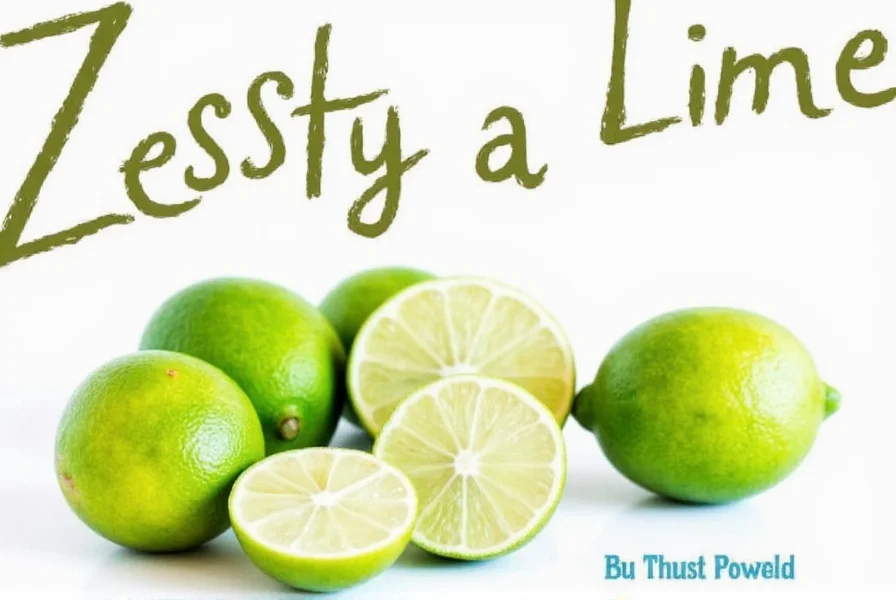
Essential Zesting Tools
| Tool | Description | Best For |
|---|---|---|
| Citrus Zester | A handheld tool with fine, sharp holes designed specifically for citrus peels. | Quick, precise zesting without pith; ideal for small quantities |
| Microplane Grater | A fine-toothed grater with durable stainless steel blades. | Ultra-fine zest for baking; easy to clean and store |
| Box Grater | A multi-purpose grater with adjustable hole sizes. | Large batches; versatile for cheese, vegetables, and zest |
| Paring Knife | A small, sharp knife for manual peeling. | Controlled removal; best for garnishes or when other tools aren’t available |
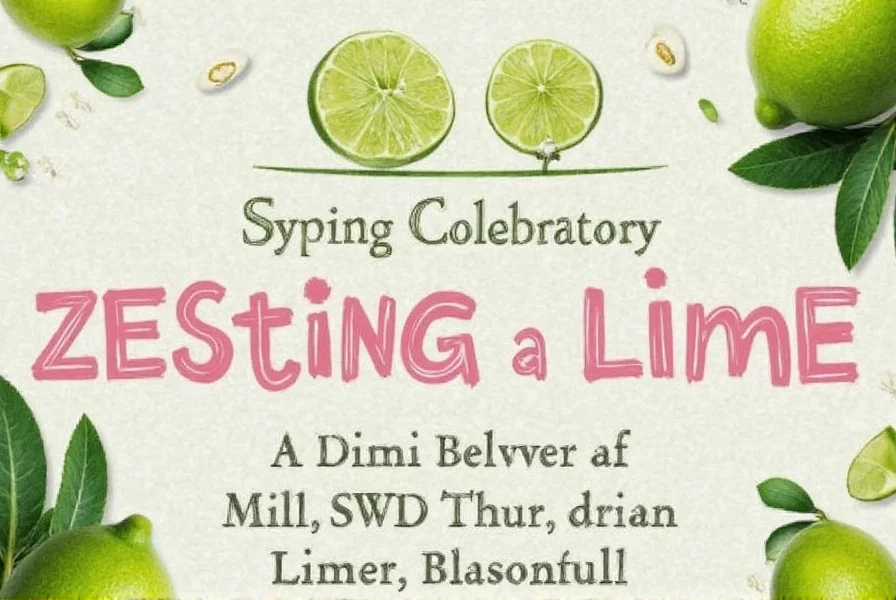
Zesting vs. Squeezing: Key Differences
Many confuse zesting with juicing, but they serve distinct culinary purposes:
- Zesting: Extracts only the outer colored peel (zest) to capture aromatic oils. Used for fragrance, flavor enhancement, and garnish without adding liquid.
- Squeezing: Extracts the juice from inside the fruit. Adds acidity, moisture, and tanginess but dilutes flavor intensity.
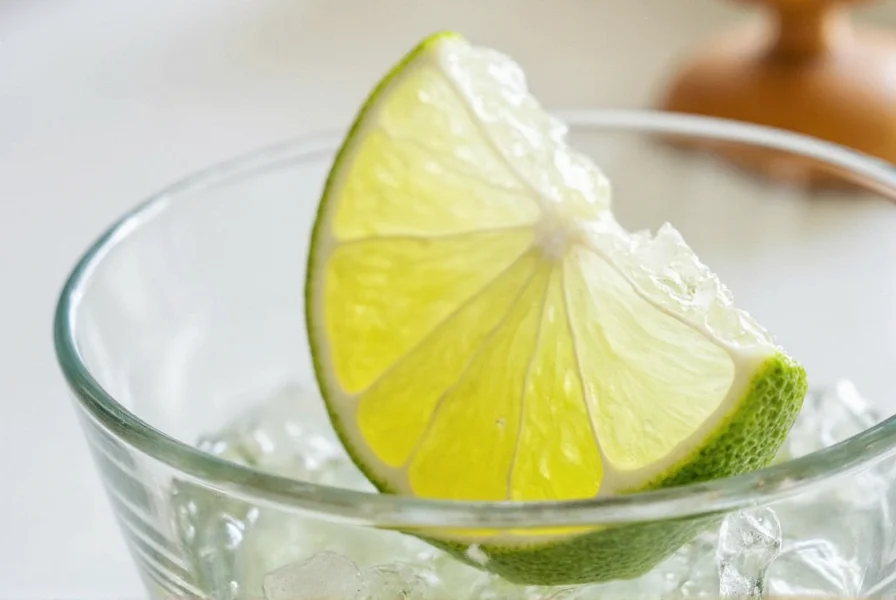
For balanced recipes like key lime pie or margaritas, use both: zest for aroma and juice for acidity. Zesting preserves the fruit’s full flavor profile while juicing provides liquid base.
Pro Zesting Tips
Master these expert techniques for flawless results:
- Chill first: Refrigerate limes for 30 minutes before zesting to firm up the peel and prevent oil evaporation.
- Less is more: Start with 1/2 teaspoon of zest per recipe; you can always add more. Over-zesting causes bitterness.
- Avoid pith: If you accidentally include white pith, rinse zest briefly under cold water to remove bitter residue.
- Combine zests: Mix lime, lemon, and orange zest for complex citrus notes in baked goods or marinades.
- Freeze smartly: Freeze zest in ice cube trays with water or oil for portion-controlled use in sauces or dressings.
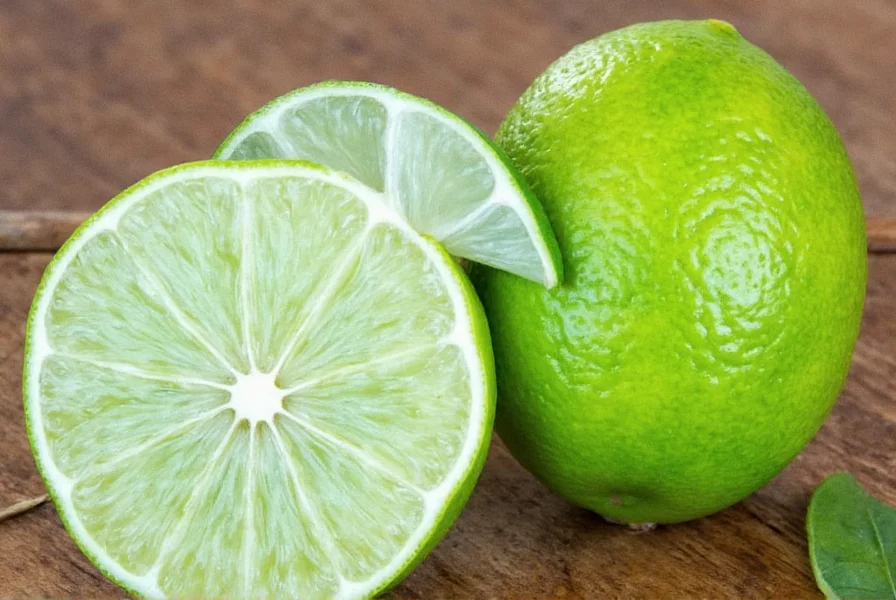
Frequently Asked Questions
What exactly is lime zest?
Lime zest is the thin, colored outer layer of the lime peel (typically bright green) that contains concentrated citrus oils. It excludes the bitter white pith underneath. When recipes call for "zest," they mean only this flavorful outer portion.
How is lime zest different from lime peel?
"Peel" refers to the entire outer covering, including both the colored zest and white pith. "Zest" specifically means only the thin, aromatic colored layer without the bitter pith. Always separate these when zesting.
Can I zest a lime without a special tool?
Yes! Use a fine grater (smallest holes on a box grater), a vegetable peeler followed by mincing, or a sharp paring knife. The key is to remove only the colored part and avoid the white pith. A knife requires careful technique to prevent bitterness.
How much zest does one lime yield?
One medium lime typically yields 1-2 teaspoons of zest. Larger limes with thicker peels may produce up to 2.5 teaspoons. For precise measurements, use a measuring spoon after grating.
Can lime zest be frozen for later use?
Absolutely! Freeze zest in an airtight container or freezer bag for 6-12 months. For easy portioning, freeze in ice cube trays with a splash of water or oil. Thaw at room temperature before use.
What happens if I get pith in my zest?
Pith is bitter. If included, rinse the zest under cold water to remove residue, or balance bitterness with a pinch of sugar or honey in your recipe. Always stop grating when you see white pith.
Can I substitute dried lime zest for fresh?
Not recommended. Fresh zest contains volatile oils that evaporate when dried, losing 70% of flavor. If necessary, use half the amount of dried zest but expect muted citrus notes. Always prefer fresh for best results.
What recipes benefit most from lime zest?
Lime zest enhances guacamole, ceviche, fish tacos, key lime pie, margaritas, salad dressings, Thai curries, and baked goods like lemon-lime cookies. It adds bright aroma without altering liquid content in recipes.
Best Zesting Tools Guide
Investing in the right tools ensures consistent results. Here are top-rated options:
1. Microplane Classic Zester
The Microplane Classic Zester is a chef-approved tool with ultra-fine stainless steel teeth. It quickly extracts zest without pith and is dishwasher-safe for easy cleaning.
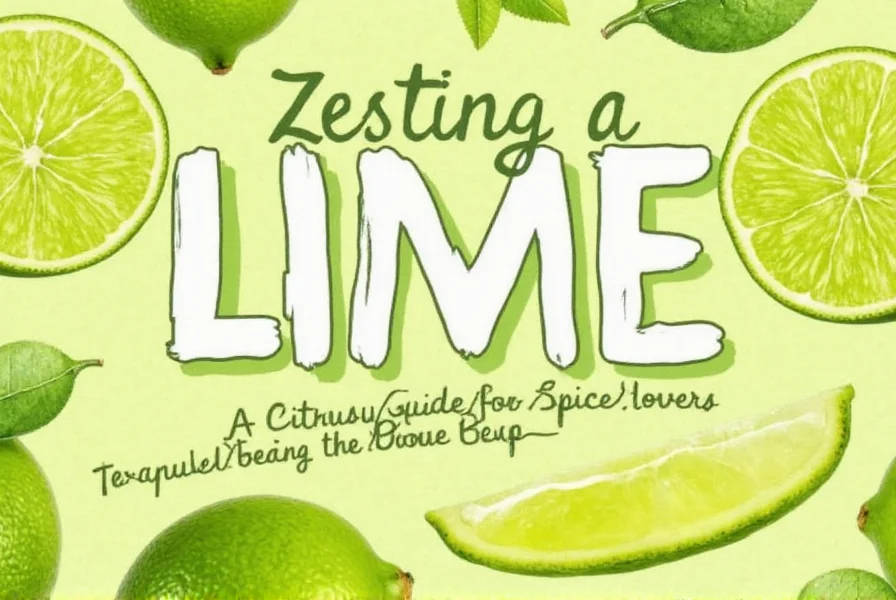
- Key Features: Ergonomic handle, rust-resistant blades, compact design
- Best For: Baking, cocktail garnishes, and fine zest for delicate dishes
- Price Range: $8-$12
- Pro Tip: Store vertically to protect blades and prevent rust.
2. OXO Good Grips Box Grater
The OXO Good Grips Box Grater offers versatility with four grating surfaces. Its non-slip base and comfortable grip make it ideal for both zesting and other kitchen tasks.
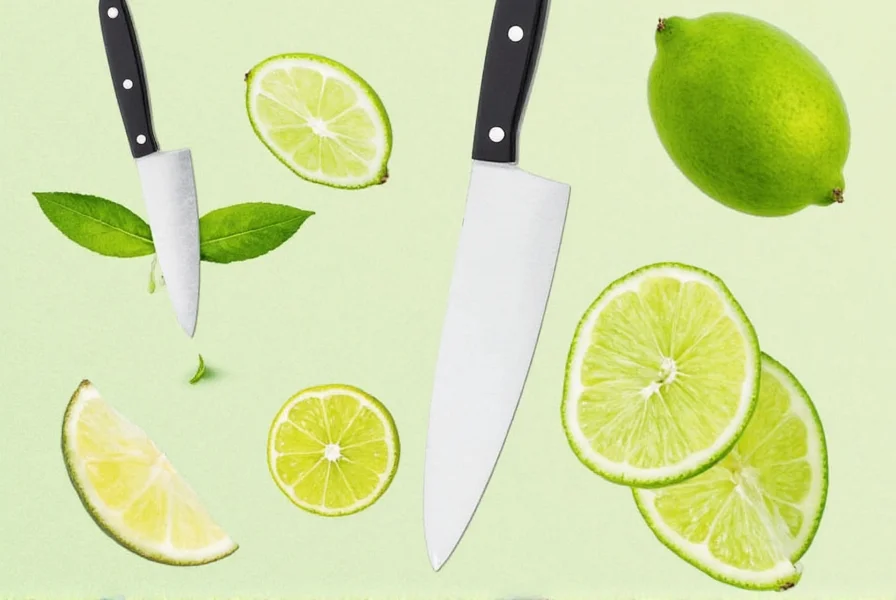
- Key Features: Adjustable grating surfaces, food holder for safety, easy-clean design
- Best For: Large batches, cheese grating, and multi-purpose kitchen use
- Price Range: $15-$20
- Pro Tip: Use the smallest holes for zest and the larger ones for cheese or vegetables.
3. Chef’s Choice Citrus Zester
The Chef’s Choice Citrus Zester features a curved stainless steel blade that glides smoothly over lime peels. Its ergonomic design reduces hand fatigue during extended use.
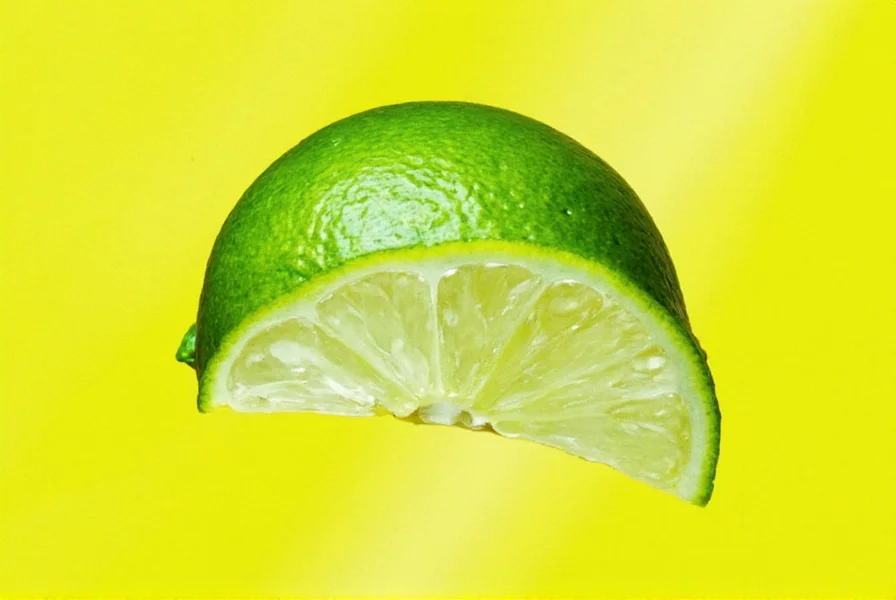
- Key Features: Razor-sharp blades, dishwasher-safe, compact storage case
- Best For: Professional chefs, gourmet cooking, and restaurant-quality results
- Price Range: $20-$25
- Pro Tip: Always zest before juicing to maximize oil extraction from the peel.
Conclusion
Mastering lime zesting transforms ordinary dishes into extraordinary culinary experiences. By focusing on the outer peel’s aromatic oils, you unlock intense citrus flavor without altering liquid content in recipes. Whether you’re making margaritas, key lime pie, or savory fish tacos, proper zesting technique ensures maximum flavor impact.
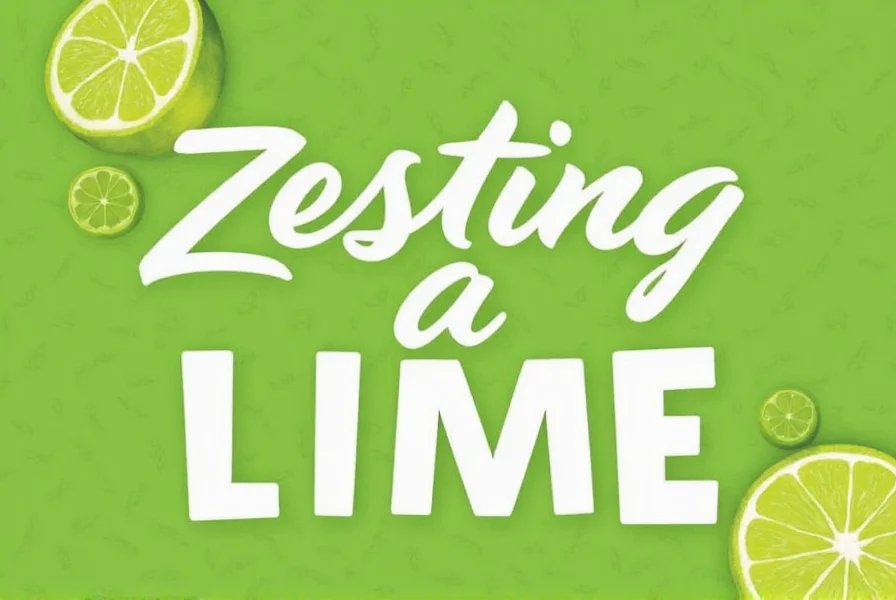
Start with fresh limes, use the right tool, and avoid the bitter pith. With practice, you’ll effortlessly elevate every recipe with vibrant, professional-quality citrus notes. Happy zesting!

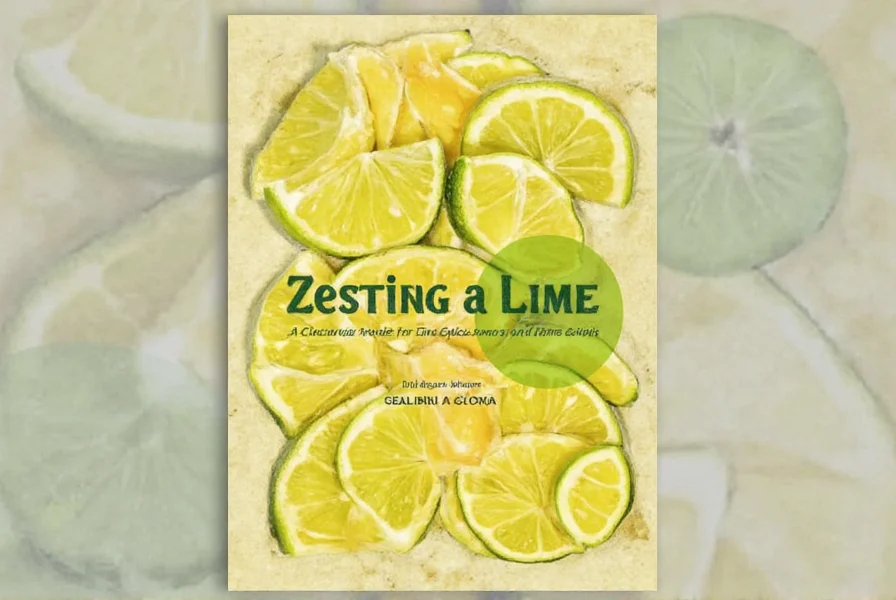









 浙公网安备
33010002000092号
浙公网安备
33010002000092号 浙B2-20120091-4
浙B2-20120091-4